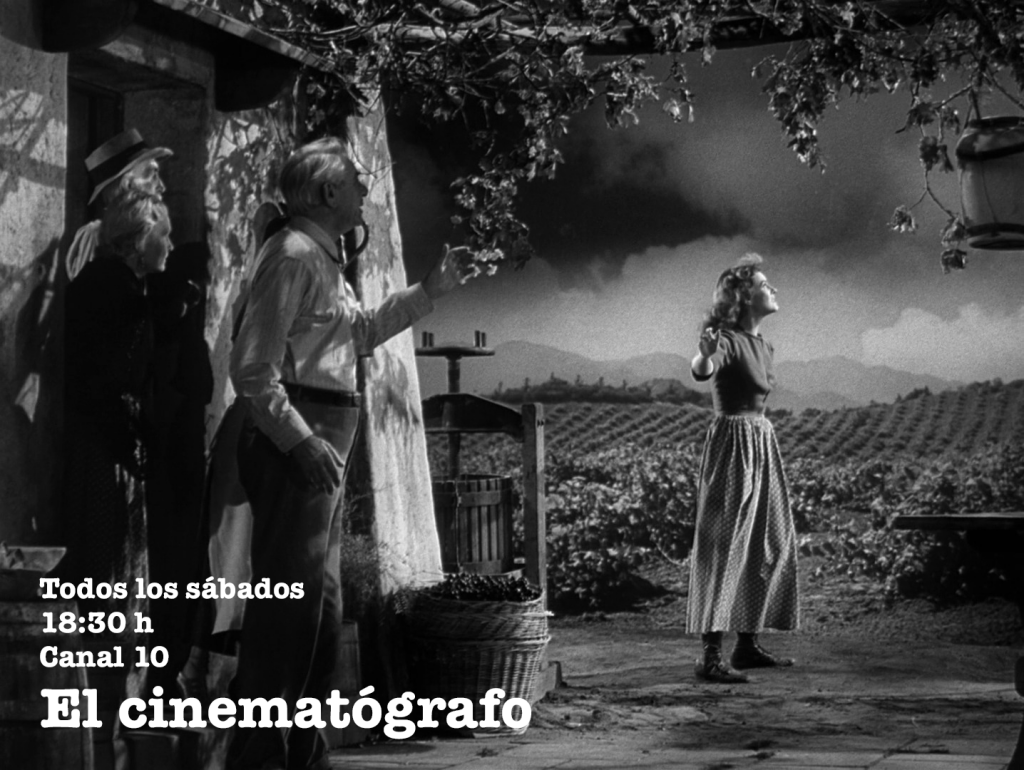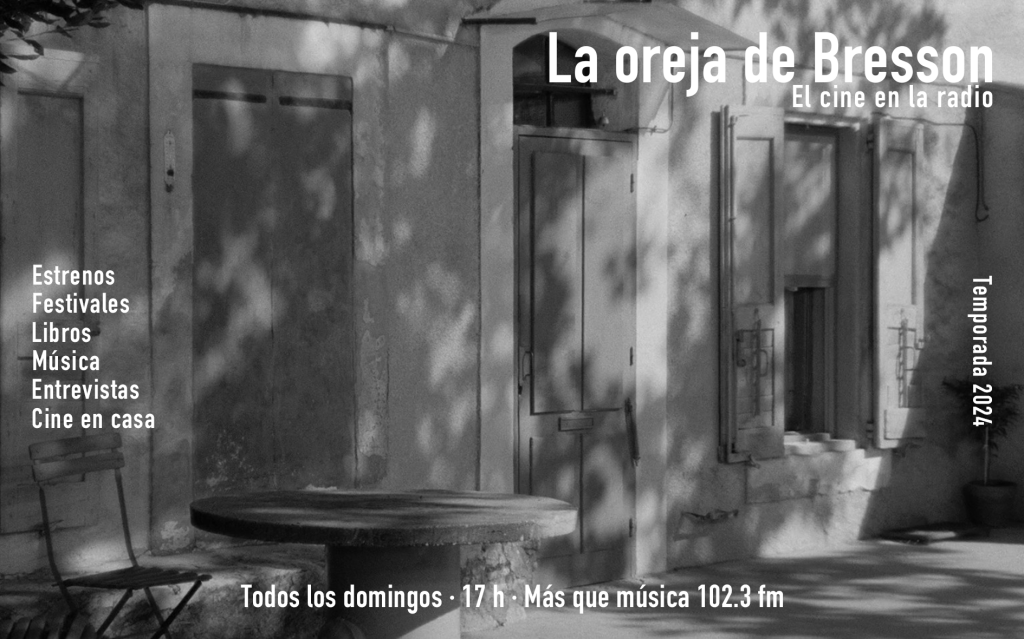
LA INTERNACIONAL CINÉFILA: OPEN LETTER
Soon many of us will be obsessed for several days reading the long-awaited survey by Sight & Sound magazine on the best films in the history of cinema. It is likely that in the overall results there will be no big surprises, though among the selections and references by many of the participants that are not from the central nations of Europe we can expect some. Of that I am sure. A member of the British magazine asked me for email addresses of the voters of La Internacional Cinéfila, understanding that many of you, given the diversity of your origins that are much less represented, could add lesser-known films, without any vindication that mitigates the power of the limited consensus and the prestige of the classics.
The commitment to a plurality of perspectives is my main interest when organizing La Internacional: to expand the order of the visible through lists that guarantee a multiplicity of voices capable of surprising, by collectively constructing a map of cinema during an entire year. The question of the plural here is far from being an aesthetic imperative with liberal resonances that seeks to regulate a low-intensity democracy of taste. The concept alludes to the internationalism of cinema, which has little to do with the conceptual flattening of globalization and even less with a form of abstract universalism.
It should be added, there is a recognizable starting point: the great film festivals, such as the Berlinale and Cannes, as well as Venice, Locarno and San Sebastián, provide the annual discussion with a set of 550 films that seems to delimit the signs with which one can discuss what contemporary cinema is. The rest of the festivals –not all of them because there are exceptions– screen the titles premiered at the dominant festivals while including some others that have probably been rejected by them. At every festival, mainstream and second-tier, you can always find an extraordinary film that wards off pessimism and restores faith in cinema. Also, at those same festivals, films that resemble each other –some better, some worse– are screened. Is that not evidence enough?
The rhetoric of contemporary cinema is quite homogeneous, in such a way that any film that distances itself immediately acquires some distinction. However, the heterodoxy within a programming policy does not mean that the festivals shelter all the manifestations of the present. The number of films that are rejected in the current system of validation would reveal itself surprising if a study were done on the matter. Orphan films are never lacking in La Internacional: films disdained by festivals, platforms and commercial cinemas. The reasons are varied and irrelevant, but it would suffice to conjecture that the aesthetic system with which today’s cinema is read is much more rigid than is assumed and its mentors and users are much less aware of the prejudices that sustain it.
Faced with this order of things, the selections of La Internacional propitiate new possible aesthetic configurations, or at least offer a possibility. The end result never ceases to amaze. There are always unknown films, incipient alternative consensuses, and some hypothesis about the state of cinema can always be established. For those of us who participate, it works as a final montage of everything we have seen over the course of the year, and at times in tension with different gazes from our colleagues. For our readers, who are not only members of Spanish-speaking communities, it never ceases to be a constellation in which they can recognize titles and also observe others that have never been publicly noticed prior to the publication of the survey. Having a good map is a good starting point for making a trip worthwhile. And cinema’s journeys into the unknown always prove to be enriching.
Roger Koza / Copyleft 2022






Últimos Comentarios